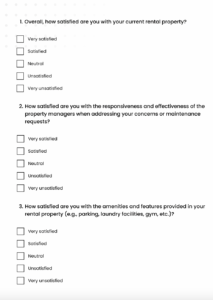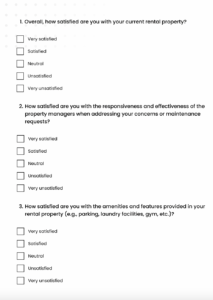Leveraging such a form offers several advantages. It helps tenants present their request professionally and thoroughly, increasing the likelihood of a timely and complete refund. For landlords, it streamlines processing, reduces disputes arising from incomplete or unclear requests, and contributes to a more professional tenant-landlord relationship. Furthermore, documented requests create a valuable record for both parties, offering a reference point for future inquiries or discrepancies.
This article will delve into the key components of an effective security deposit refund request, provide examples, and discuss best practices for both tenants and landlords. It will also explore relevant legal considerations and offer tips for navigating common challenges in the refund process.
Key Components of a Security Deposit Refund Request
A well-drafted request ensures clarity and facilitates efficient processing. The following components are essential for a comprehensive and effective request.
1. Tenant Information: Full legal name, current address, phone number, and email address enable clear communication and ensure the refund is directed correctly.
2. Property Information: The full address of the rental property ensures accurate identification and prevents confusion with other properties.
3. Lease Dates: The start and end dates of the lease agreement provide the necessary context for the deposit and its return.
4. Forwarding Address: The address where the security deposit should be sent is crucial, especially if it differs from the rental property address.
5. Reason for Request: A concise explanation of why the deposit is being requested reinforces the legitimacy of the request.
6. Amount Expected: The original security deposit amount provides a clear reference point and helps prevent discrepancies.
7. Date of Request: The date provides a timestamp for the request, facilitating tracking and follow-up.
8. Signature: A tenant’s signature adds a layer of formality and confirms the authenticity of the request.
Inclusion of these elements facilitates a smooth and efficient refund process, minimizing potential delays or misunderstandings.
How to Create a Security Deposit Refund Request
Creating a clear and comprehensive request facilitates a smoother refund process. The following steps outline how to develop an effective template.
1. Heading: Clearly label the document as a “Security Deposit Refund Request”. This ensures immediate identification of the document’s purpose.
2. Tenant Information Section: Include fields for the tenant’s full legal name, current address, phone number, and email address. This ensures all necessary contact information is readily available.
3. Property Information Section: Designate a space for the full address of the rental property. This clarifies the property for which the deposit is being requested.
4. Lease Dates Section: Include fields for both the start and end dates of the lease agreement. This provides the timeframe context for the deposit.
5. Forwarding Address Section: Provide a dedicated space for the tenant’s forwarding address for the refund. This is essential if different from the property address.
6. Reason for Request Section: Incorporate a section for a brief explanation of the reason for the request. This adds context and legitimacy.
7. Expected Amount Section: Include a field for the original security deposit amount. This provides a clear reference point for the refund amount.
8. Date and Signature Section: Allocate space for the date of the request and the tenant’s signature. These elements formalize the request and facilitate record-keeping.
A template containing these components allows tenants to submit organized and complete requests, promoting efficient processing and reducing potential misunderstandings. This standardized approach benefits both tenants and landlords by establishing a clear framework for managing security deposit returns.
Effective management of security deposit returns benefits both tenants and landlords. Utilizing a standardized template for refund requests promotes clarity, efficiency, and professionalism throughout the process. Clear communication, accurate documentation, and adherence to legal requirements contribute to positive tenant-landlord relationships and minimize potential disputes. A well-crafted template ensures all necessary information is readily available, facilitating timely processing and reducing misunderstandings.
Proper utilization of these templates contributes to a more transparent and streamlined rental process. Standardization and clear communication are crucial for fostering trust and mutual respect between tenants and landlords. Adoption of these practices elevates the professionalism of rental interactions and reinforces the importance of adhering to established procedures for security deposit management. This diligent approach ultimately contributes to a more equitable and efficient rental ecosystem.


